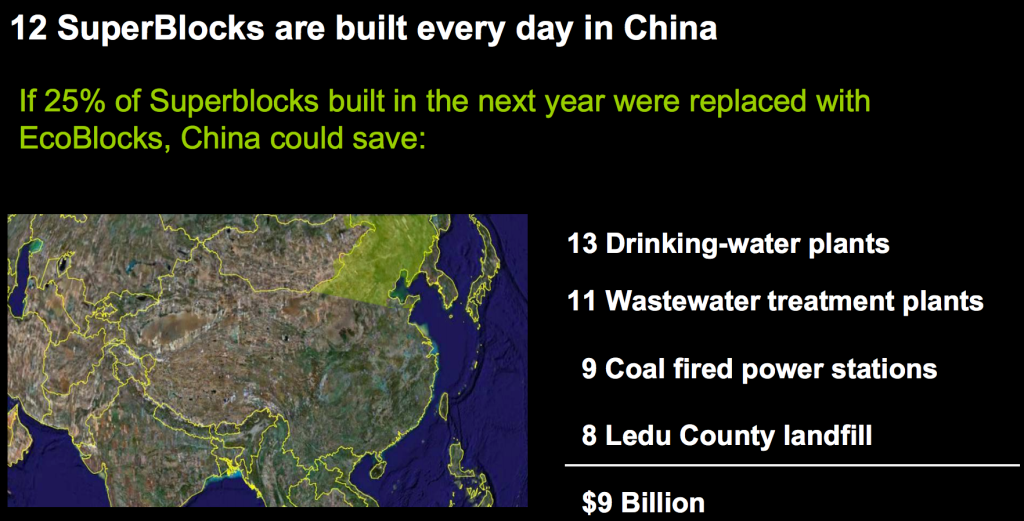So food and waste (and food waste) have been spoken about a couple of times in the last few weeks and to me, it sort of of boils down to a couple of key issues: overpopulation, lack of education and, frankly, laziness.
Overpopulation and overconsumption are major issues for many reasons, not the least of which is the impact this has on the food cycle. Too much food is being produced to meet an ever growing demand and isn’t sustainable. The demand for “good quality” food also has a huge impact on the amount of food produced, and the way it’s produced. 40 – 50% of food waste occurs prior to it meeting the consumer, more than 30% of this is due to food not meeting asthetic consumer requirements, such as size, colour, look and shape. This does not consider taste (and as an aspiring foodie, this is what I would argue to be the most important factor when choosing food). What an absolute waste! These are such superficial reasons to throw food away, that could be so much better utilised, or provided to restaurants or homeless shelters, even for a discounted price due to their “lower” quality, or for free.
These could be provided to people who actually need this food to survive and cannot afford it safely and leagally otherwise. At most restaurants, you don’t even see the raw foods that are used as ingrediants, you usually only see the final product so who even cares if your banana doesn’t have the “correct” amount of curve to it?!?
I could go on about that for a while, but I digress.
Education is also a huge factor in this issue. Such as the chicken discussion from today’s class (how long canyou leave leftover chicken in your friege before it’s no longer safe to eat?). SOme people would throw out the chicken after 1 day, or 2 or 3. This seems too soon to me, and the people on either side of me generally agreed after about a week, it would no longer be safe. I’m pretty loose/lazy with my food rules and if I was really hungry, and it was still there after about 10 days (provided it’s been in the fridge this whole time), I’d definitely still be okay eating it.
We also need to look at the difference between “use by” and “best by” dates printed on foods, and the leeway we have with these dates to get the most out of our foods. We should also be better educated on what to do with food scraps, to ensure we’re disposing of these in the most sustainable way 0 do we need a separate bin for this putricible waste?
Laziness is also a pretty big factor, especially for larger families, or even families and people on a very limited budget, where buying in bulk and creating some waste is still cheaper than buying in smaller quantities. It’s also too easy to do the “big shop” and over estimate how much food you’ll need for the week, than to shop every day and only buy the food that will be consumed the following day – with the exception of long term non-perishable foods.
Are smaller quantities the answer? SOme days I want scrambled aggs and only need 4 peices of bread and 4 eggs but this is not really an option for a single person. Should we buy foods as households? Should I buy food for the entire floor of my apartment and share? Is this what my grandparents did with their neighbours?
I’m not really sure there are any easy answers to this question.






















